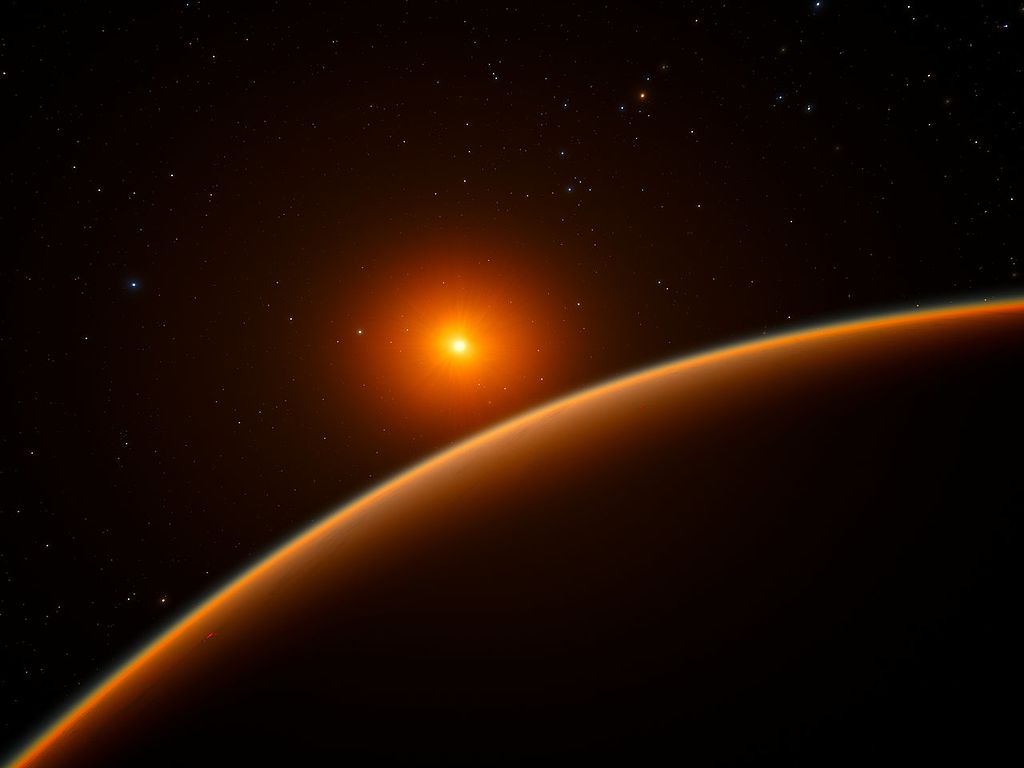An Out-Of-This-World Exoplanet
On September 5, 2018, an exoplanet twice the size of the Earth was discovered in the Virgo constellation. The exoplanet, called Wolf 503b, was found by a group of Canadian, American, and German researchers and led by graduate student Merrin Peterson at the Institute for Research on Exoplanets. The team examined data from NASA’s Kepler Space teloscope for potential exoplanets and discovered 503b. The team found it by analyzing the changes in light frequency of the exoplanet’s star, Wolf 503, as 503b passed over it.
 COURTESY OF NASA/CALTECH- The appearance of Wolf 503b is currently undetermined, so images show only how people interpret the exoplanet to appear.
COURTESY OF NASA/CALTECH- The appearance of Wolf 503b is currently undetermined, so images show only how people interpret the exoplanet to appear.
The discovery of planet Wolf 503b and its dwarf star may reveal new information about other exoplanets and brightness of other stars. Fox News reported that “due to its proximity to Earth, Wolf 503, the star Wolf 503b orbits, will be a ‘prime target’ for the James Webb Space Telescope.” In an interview with Fox News, Peterson explained, “by investigating the nature of Wolf 503b, we’ll understand more about the structure of planets near the radius gap and more generally about the diversity of exoplanets present in our galaxy.”
503 is roughly 145 light years away, and it’s size is about twice that of Earth. Usually, exoplanets as close to their stars as 503b are either smaller than Earth or larger than Neptune. However, Wolf 503b is within the normal range of sizes for planets, which are about one-and-a-half to two times the size of Earth.
Along with its unusual distance and size, 503b orbits around its star, Wolf 503, once every six days, which is notable for an exoplanet of its size. SciTechDaily reports, “The astronomers first obtained a spectrum of the host star at the NASA Infrared Telescope Facility. This confirmed that the star is an old ‘orange dwarf,’ slightly less luminous than the Sun.” Wolf 503 is so bright that it needs to be studied in more detail in order for scientists to determine exactly how bright it is.
According to Mr. Iverson, a Wilcox science teacher, the discovery of Wolf 503b “will help confirm theories of how planets form around other solar systems and even in our solar system… People have thought the planets form like they do in our solar system, and that just seems to be not the case.” 503b is very close to its star, making it different from our own solar system, where the smaller planets are mostly closer to the sun.
As soon as more data is collected on Wolf 503b, scientists will be able to gather more information about 503b and exoplanets in general. Not much is known about solar systems with planets closer to the sun than Mercury, especially exoplanets the size of Wolf 503b. Mr. Iverson adds, “One of the big questions that they have for [Wolf 503b] is ‘Is this a big rocky planet, or is it a small gas giant planet?’ It’s interesting because its physical size is just in a range.” By knowing what type of planet 503b is, scientists can learn more about exoplanets within the same size range and eventually distinguish between them. These discoveries may pave the way to a world where we will have a deeper understanding about the universe around us.





